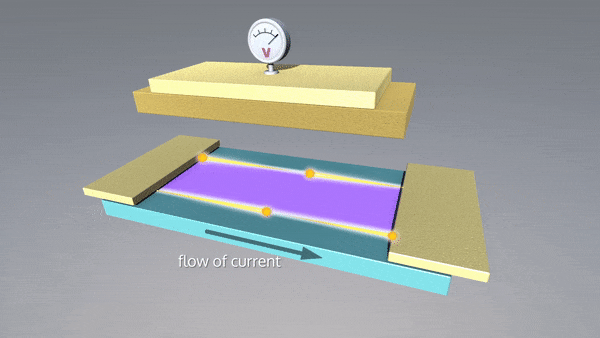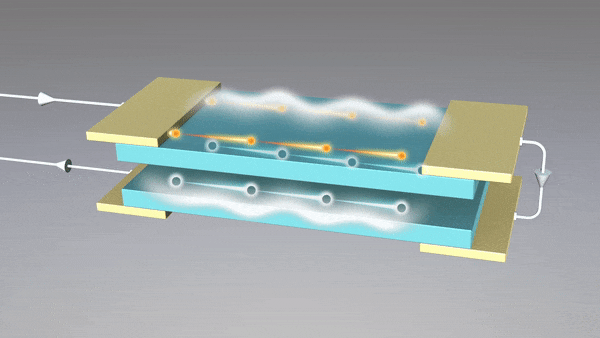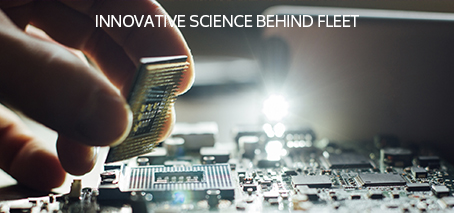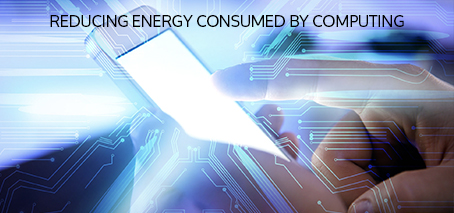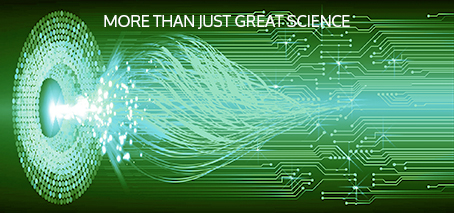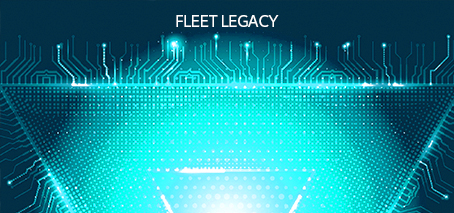The Challenge
Globally, computing already consumes 8% of the world’s electricity and it’s doubling every decade.
Already, the climate-change footprint of computing and the internet is as high as the global aviation industry.
The ‘internet of things’ would drive this energy demand even higher. Within a decade, the financial and environmental cost of electricity use will limit the growth of computing.
FLEET’s solution will be a new generation of ultra-low energy electronics


The science
To develop ultra-low resistance electronics, FLEET is using:
- The new science of topological insulators, which won the 2016 Nobel Prize in Physics
- Very cold atomic science, doing experiments at a billionth of the temperature of outer space
- Bose-Einstein condensates: the fifth state of matter
- Ultra-fast flashes of light, quadrillionths of a second long
- Nanofabrication of new transistors and electronic devices.
Did you know
You may not think your smartphone uses much electricity, but the massive, distant data centres (server farms) that connect and power the net are very energy hungry.
The vast majority of a smartphone’s energy isn’t consumed in the phone itself, but is ‘hidden’ in those data centres.
Materials one atom thick
FLEET uses two-dimensional (2D), ‘atomically-thin’ materials with unusual, useful electronic properties.
In normal, silicon computer chips, electrons scatter and consume energy.
Instead, FLEET will use 2D materials to carry electricity along paths where they travel without scattering, so there will be no wasted dissipation of energy.


FLEET is developing new, ultra-low energy electronics that will allow computing to continue to grow.
The Centre will put Australia at the forefront of the new technology and train a workforce for future industry.
Our research themes
FLEET uses three broad research approaches to develop ultra-low energy electronics in atomically-thin, two-dimensional materials:
- Topological materials: the edges of which conduct electricity along one-dimensional paths that do not allow for electron scattering and thus have ultra-low resistance.
- Exciton superfluids: bound pairs of charged particles that flow without resistance. Exciton transistors will switch off and on just like conventional transistors, but without dissipating energy.
- Light-transformed materials: materials that can be temporarily ‘switched’ into a topological or superfluid state.
.
The work is underpinned by the science of atomically-thin materials and nanofabrication.
Participating Organisations
FLEET is a collaboration of over 100 universities at seven Australian universities and 18 Australian and international scientific institutions.
FLEET’s seven participating Australian university nodes are in Canberra, Melbourne, Sydney, Wollongong and Brisbane:
Recent news
FLEET News in June 2024 includes FLEET landing event, stay in touch: Friends of FLEET, upcoming conferences and more. You can sign up for FLEET news here. Catch up on previous versions of the FLEET newsletter below. May 2024 includes FLEET landing event, the new legacy Centre website, dynamic surfaces at RMIT, internship report from ANSTO and quantum sensing funding. …
Ground-breaking research revealed the ultra-narrow linewidth of a novel type of laser that operates without population inversion. Exciton-polariton lasers, renowned for their low-power operation, have long tantalised researchers with their promise for practical low-energy applications. However, until now, a clean measurement of the laser’s linewidth, or spectral purity, has remained elusive. “The spectral purity is one of the defining characteristics …
A team of Monash researchers have uncovered for the first time the full effects of interactions between exciton-polaritons and their associated dark excitonic reservoir. Exciton-polaritons (‘polaritons’, for short) are hybrid mixtures of light and matter that inherit the best properties of both. They form in semiconductors sandwiched between two mirrors, through which a laser is shone. “Polaritons capture useful properties …
FLEET will develop new systems in which electricity can flow with minimal resistance and wasted dissipation of heat, and will develop devices in which that ‘dissipationless’ electric current can be switched on and off at will.
These devices will enable revolutionary new electronics and communications technologies with ultra-low power consumption.

